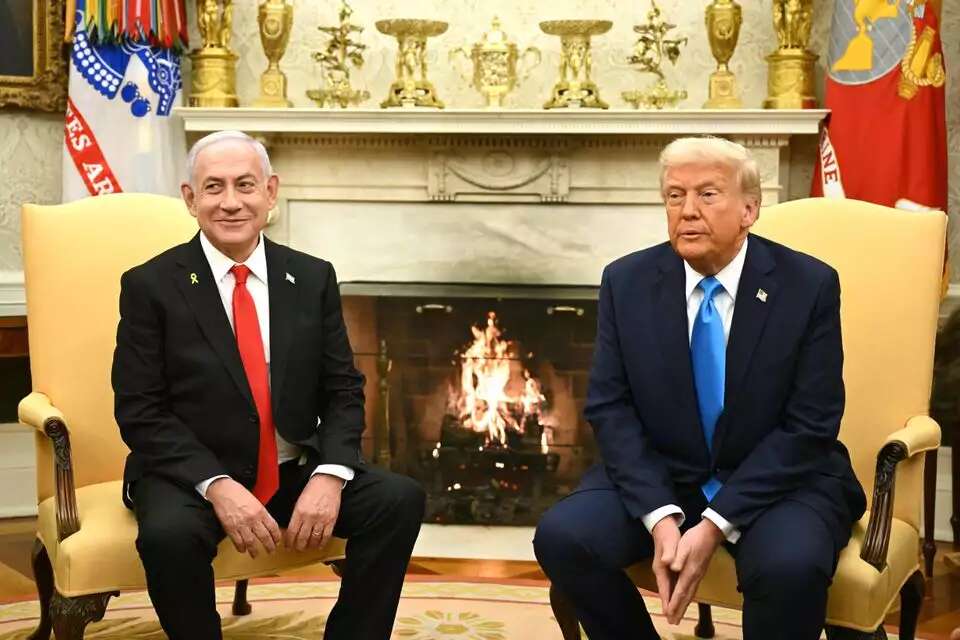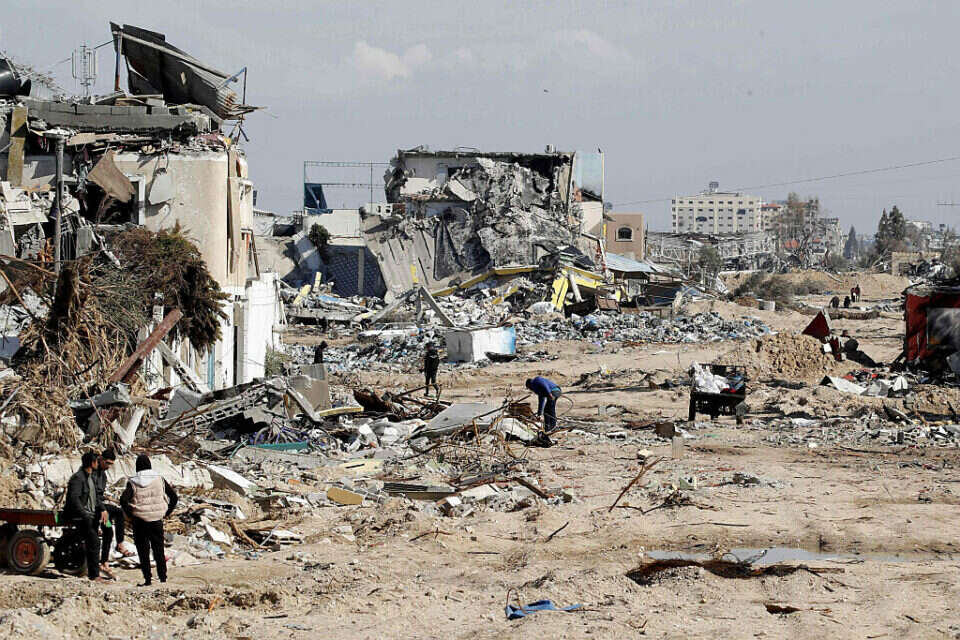I write these words with great concern. It has been 500 days since war was declared on the State of Israel following the infiltration of thousands of terrorists into the Gaza envelope, and it is still unclear where the country's leaders, primarily Prime Minister Benjamin Netanyahu, are steering it.
The reasons for this are both objective and a result of deliberate policy stagnation, from the constraints imposed by the former Democratic administration in Washington on the management of the war to the lack of creativity within the security cabinet and Netanyahu himself, down to the disgraceful habit of blaming everyone but the decision-makers, from the IDF chief of staff to members of the negotiation team.
Even if these officials were not proactive or aggressive enough, and they indeed were not, it was precisely for this reason that elected leaders were placed above them to set policy. If those leaders failed at steering the ship then, how can they succeed in the next 500 days?

This question becomes even more pressing as Trump enters the White House, offering Israel full backing against those who seek to harm it.
Just yesterday, after meeting with Secretary of State Marco Rubio, Netanyahu boasted of full and close coordination with the White House regarding regional plans, even presenting what he called a comprehensive strategic framework.
Some argue that Netanyahu deliberately delayed decisive action until Trump's election in order to improve Israel's chances of victory. Well, here we are, just as predicted: Trump is in the White House, his team is passionately pro-Israel, and they see eye to eye with Israel on both the dangers and the opportunities in the Middle East.

An army that needs a clear objective
The recalibration of Israel's strategic positioning in this war has sidelined two critical issues: the hostages still held by Hamas and the military's lack of clear objectives. Is the goal to achieve victory or to wear down the enemy? To conquer or to retreat? To topple Hamas or to eliminate it entirely?
If we go back to the chaotic days following October 7, the cabinet set conflicting war goals: recovering the hostages versus ensuring the security of Gaza-border communities while simultaneously dealing with Hamas. From there, everything became more and more entangled.
Now, Trump has four years to implement his policies, and he sounds like the dream candidate for Israel's right-wing voters, and even for a significant portion of the public across the political spectrum. He is saying all the right things. But he is not Israel's prime minister, and we are not US citizens. The decisions, the strategy, and the direction must be determined in Jerusalem, without excuses, without detours, and ideally, even at today's cabinet meeting. The government must decide where we are headed, what the timeline is, and what resources will be allocated.

Netanyahu says that the "gates of hell" will be opened in full coordination with Trump, but since it is Israeli soldiers who will be opening those gates, and potentially paying with their lives, the decision must be made here, in Israel.
Exactly 20 years ago, the Knesset passed the Evacuation-Compensation Law, which effectively launched the implementation of the Gaza disengagement. Two decades after that ill-conceived plan, a move that projected weakness, and after 500 days of war, the Israeli government is still floundering in its decision-making, unable to define what it wants to see in Gaza after the war ends or where to set the security arrangements necessary for the protection of its citizens.
What is Israel's vision for Gaza?
Last week, I presided over a memorial ceremony for my friend Ella Abuksis, marking 20 years since she was killed by a Qassam rocket in Sderot. She was the fourth victim. Just the fourth. Today, it is impossible to separate the horrors of the October 7 massacre from Ella's murder, a 17-year-old girl who simply wanted to return home from a Bnei Akiva activity.
At the time, her father, Yonatan, pleaded with then-Prime Minister Ariel Sharon during a condolence visit to do everything in his power to ensure that she would be the last to pay with her life. He insisted that security be restored to Sderot's residents and that this murder not become just another incident to be mourned briefly before moving on.

Since then, it has happened far too many times. More children have been born into this harsh reality, into the "Red Alert" sirens, into cycles of war that buy only momentary quiet. The fortification of Sderot's train station is a testament to the fact that the prime minister is not aiming for victory over Hamas but merely for a little more quiet. The residents of Sderot and the Gaza-border communities must brace themselves for the next round if this war ends in the same way.
The only person offering a different vision for Gaza is Trump. But just as the Israeli government has chosen not to adopt his deadlines or his "gates of hell" strategy, there is a question as to how far it will go in embracing the White House's vision for Gaza in 2030.
What is Israel's vision for the Gaza Strip? Disengagement or conquest? Arab rule or a complete clearing of the territory? Without a clear answer to this question, we may very well find ourselves marking Day 1,000 of this war.




